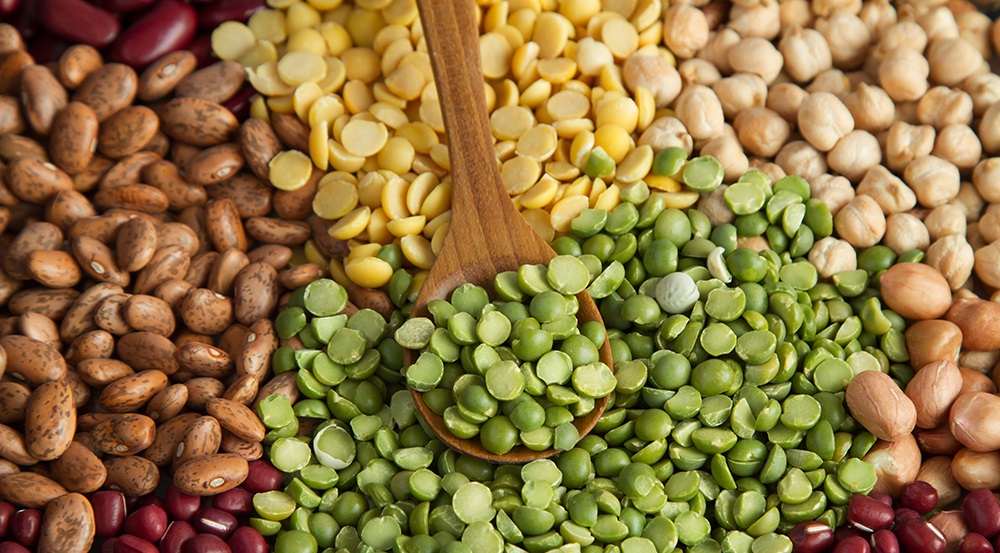
Beans, lentils, chickpeas, kidney beans and many more legumes are commonly consumed in Turkish cuisine. Legumes contribute daily energy, protein and fiber intake significantly as a nutritious food group, legumes can support health. So how much should we eat legumes for health benefits? What are the cooking tips for legumes to preserve nutrients?
Nutritional Value of Legumes
Legumes contain mainly carbohydrate, protein and fiber, and their fat rate is low. Legumes are a good source of zinc and folate, and also a rich source of non heme iron to increase the absorption and bioavailability of non heme iron. Legumes are suggested to be consumed with vitamin C sources as salads, fresh vegetables and fruits.
Legumes and Health Effects
Legumes as a part of adequate and balanced diet can support to regulate body weight, can support digestive system health can help to prevent diabetes and cardiovascular diseases. Legumes can help to control portion size by increasing fullness and controlling appetite with its fiber content. With its complex carbohydrate and high fiber content, it may help to maintain blood glucose at a normal level and as a result of this, it can reduce the risk of diabetes. Fiber is effective in lowering the total cholesterol and LDL cholesterol, also known as “bad cholesterol†in the blood. Legumes, the rich source of fiber, are one of the important food groups in the control of blood cholesterol levels. In addition to fiber, phytochemicals which are found in the legumes and have an antioxidant effect may also play a role in decreasing the risk of cardiovascular diseases.
What is important in preparation and cooking of legumes?
Many people may not prefer legumes because of gas and bloating complaints. However, it is possible to prevent this problem with a few tips on preparing and cooking the legumes. Soaking the legumes in water for up to 4-8 hours; may shorten cooking time and prevent the digestion problems. Soaking eliminates compounds such as tannin and phytate, which might reduce the absorption of minerals such as iron and zinc in legumes. Legumes can be boiled first and then cooked, but if aquafaba is poured, especially group B vitamins may be lost. Adding the baking soda to cook quickly is one of the methods used, but this method can lead to loss of nutrients, especially B vitamins.
Reasons to Eat Legumes and Cereals Together
Legumes and grains are plant-based proteins. Essential amino acid composition of legumes and grains are different. While lysin is limited amino acid in grains sulfur amino acids are limited amino acid in legumes. If legumes and cereals are consumed together provides to complement the limited essential amino acids. For example, eating beans with rice and yoghurt is an example of complementary proteins that helps to intake essential amino acids and increase the protein quality of the meal.
Conclusion and Recommendations;
Legumes should be eaten twice a week as a part of adequate and balanced diet. In order to avoid digestion problems such as gas and bloating, legumes can be preferred for lunch. Legumes can be consumed as a main course or a bean salad or can be added to soup. Legumes as a part of adequate and balanced diet can help to regulate the body weight and decrease the risk of diabetes, cardiovascular and digestive system diseases.


